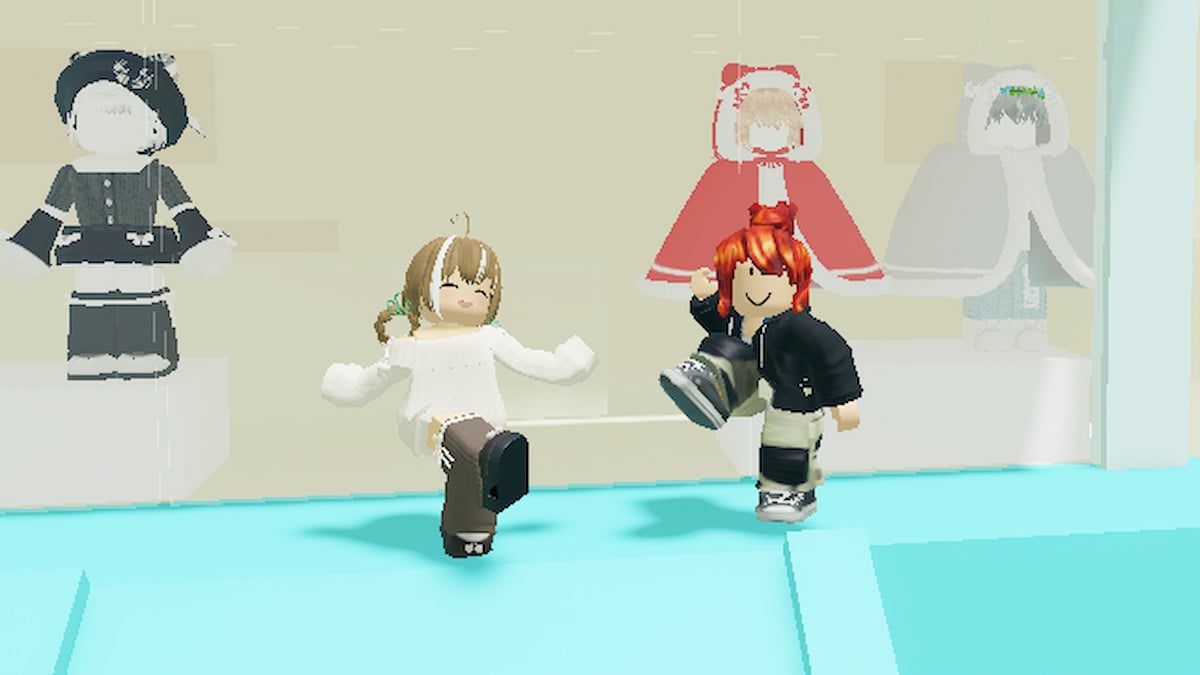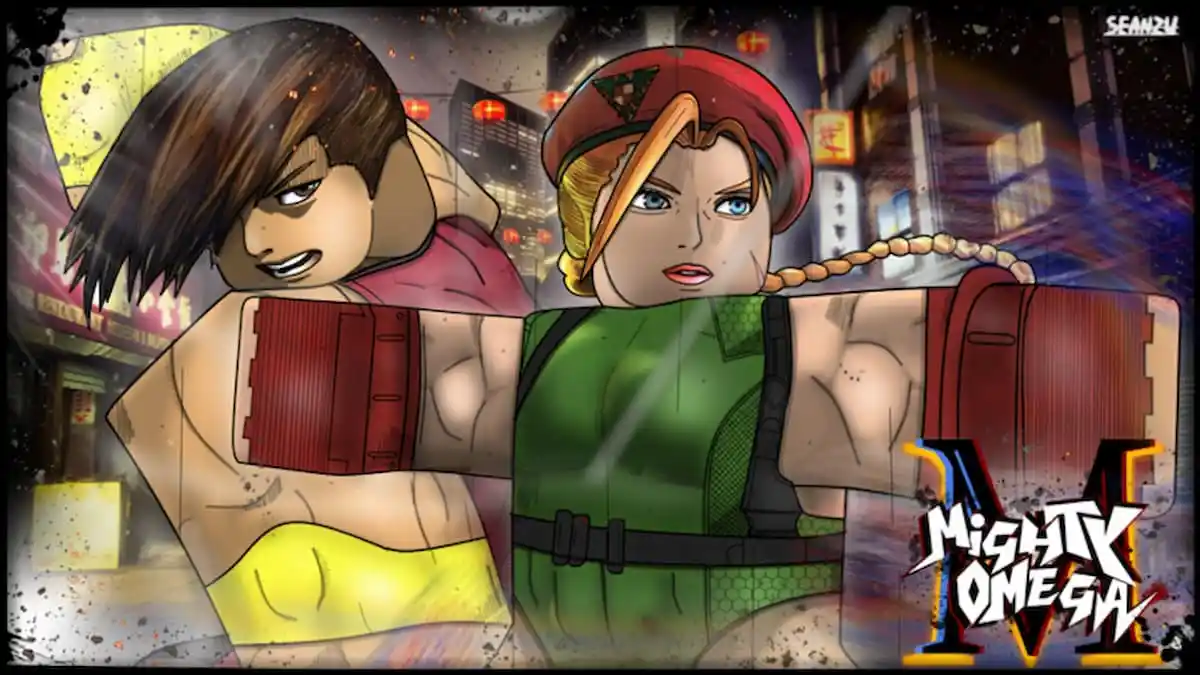Devil May Clive
There’s been quite a bit of talk around the release of Final Fantasy XVI, mostly about what a Final Fantasy game is. Depending on the era you started playing games and the consoles you played them on, that answer can vary wildly. And with Final Fantasy XVI breaking new ground for the series, this debate has carried on for a while.
After rolling credits on Final Fantasy XVI, I can verify it is a Final Fantasy game. It’s about crystals and magic, ancient beings of incredible power, and swords clashing over ideals that could shape the fate of the world. Plus, there’s chocobos and moogles. If nothing else, those are absolute signifiers.
Credentials aside, Final Fantasy XVI feels like a big step in a new direction. It might not be the classic style some long-time fans had hoped for. But it’s a step that’s confident, exploring a new world of possibilities while carrying forward good chunks of its past. It’s a Final Fantasy, and a good one at that.
Final Fantasy XVI (PS5)
Developer: Square Enix Creative Business Unit III
Publisher: Square Enix
Released: June 22, 2023
MSRP: $69.99
Final Fantasy XVI follows the journey of Clive Rosfield, through three distinct eras of his life. Starting in his teens, where Clive is the Shield of his younger brother and heir to the throne Joshua, it later jumps forward to a more tumultuous and traumatic time for Clive, and further on as the story develops. I’m working to keep this review largely spoiler-free, as there are quite a few twists and turns along the way.
There are many nations, names, and proper nouns to remember, so the Active Time Lore feature helps a ton. Square Enix has done a surprising amount of work cataloguing all the character relationships, political intrigue, and the evolving landscape of Valisthea over the course of the story.
Throughout this adventure, Clive also slowly builds up a band of companions. His childhood friend Jill, who happens to be the Dominant of Shiva; Cidolfus, or Cid, the Dominant of Ramuh; the cheerful and crafty scout Gav, rambunctious Mid, and various other characters who work together as part of Cid’s organization, attempting to right the wrongs of the world. Clive starts out as a bit of lone wolf, on a quest to solve his own troubles. Soon after, he gets caught up in the larger issues at hand.
Tales of loss and fire and faith
And oh boy, are there some wrongs to be righted. Final Fantasy XVI goes for a dark fantasy setting that feels very, very Game of Thrones at times. Schemers plot and thwart each other. Armies fight and die for control of the Mothercrystals, massive crystalline structures thought to hold off the advance of the destructive Blight that’s destroying the world of Valisthea. And yes, Final Fantasy says “fuck” now.
Those born with magic are seen as lesser people, are branded as Bearers. They’re bought, sold, and expended like a commodity, as their use of magic gradually drains the life force from their body until they’re spent. Dominants are the most powerful of these, as users that have control of an Eikon, one of Final Fantasy’s classic summons like Bahamut, Titan, or Shiva. Though, depending on where the Dominant resides, they may be treated as royalty, weapon, or just another Bearer to control.
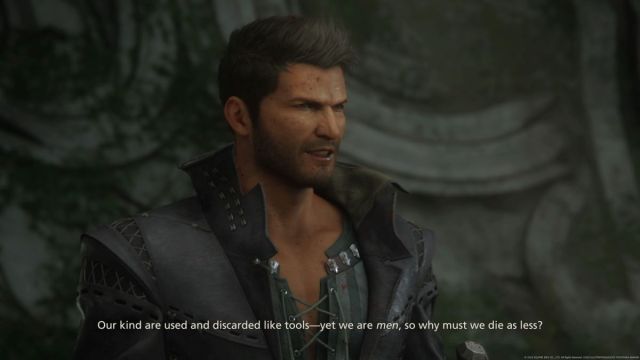
Square Enix tackles a lot of this headfirst, and how it lands can vary. Some early plot beats around Bearers and their struggles land well, while others don’t. Final Fantasy XVI’s highest plot points really, really hit, in the way a super-produced Final Fantasy cutscene can. Seeing giant Eikons clash against each other, the devastation they wreak, and the impressive scenes of battle are a sight to see.
That’s not to undersell the individual, more intimate performances though. Ben Starr holds it down as Clive, and Ralph Ineson’s performance as Cidolfus (a.k.a. Cid) is particularly memorable. Special shout-outs to Stewart Clarke, who puts in great work as Bahamut’s Dominant Dio Lesage too, as well as some others I can’t spoil here. Suffice to say, the core English VA crew does a great job, and the impressive renderings of the characters add a lot to XVI’s emotional highs.
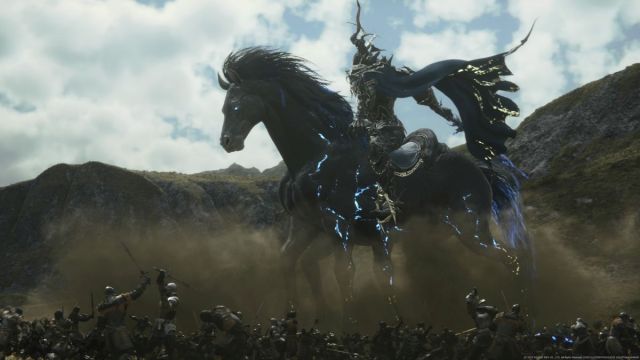
The supporting crew is solid too, but gets a little less to work with. It’s an overall mild problem, but there were times where story beats or ideas would be set up and then immediately shuffled out of the main plot’s path. Some characters feel like they flit in and out of the limelight, and I would’ve liked to see them get a little more to do than stand on the sidelines of the big fights and plot beats.
These story beats and side characters usually get more fleshed out in the side quests, which contain bits of expanded lore or more time with a specific character. Those rewards are good too, as the side quests themselves are often pretty mundane. Frequently, they would task me with a “go here, do thing, return” structure that would feel a little too routine. Hunts, at least, are a bit more involved; these are special encounters, with unique enemies that you have to actually find and locate in the world using the description on the Hunt Board. It’s a really engaging set-up, and makes good use of Final Fantasy XVI’s zone-based world.
Flames unyielding
It also highlights the combat of XVI, which I will just say is flat-out good. Easy comparisons can be made to other third-person character action games, ranging from God of War to Devil May Cry. But while it captures the spirit of those, it doesn’t lose all of its RPG heart, either.
Clive can have up to three Eikonic forms equipped at any time, which he can swap between like stances. He can also swing his sword and fire off bolts of magic, holding either down to charge it up, as well as dodge and take to the air. At any given time, there are a lot of options available to Clive.
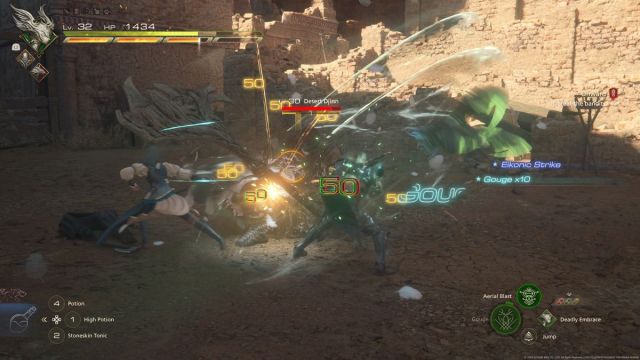
Each Eikon brings its own power and style to the fight. Phoenix, your first form, is a jack-of-all-trades. But swap to Garuda, and now you have Stagger-inducing swipes and a pull ability to bring enemies close. On Titan, you can armor through enemy attacks for big damage and counter foes with your massive bulwark. As Clive gains the power of various Eikons, his moveset keeps expanding, and each one adds a distinct and interesting new way to fight.
Where the RPG seeps in is how the player gets to determine their playstyle. Abilities can be upgraded and eventually mastered, which frees them up from being attached to their respective Eikon. So if you master a Phoenix move, for example, you can equip it to your Shiva or Bahamut loadout. Endgame builds get really interesting, as you start to mix the Eikon forms and signature moves you want, like Phoenix’s dash or Titan’s counter, with the individual Eikon abilities you favor. A playstyle that feels like your own can start to emerge.

My frustration, then, is that it takes quite a while to get to that point. A good chunk of the early game is spent with a handful of Eikons and abilities. Combat opens up once Clive can swap through three different power sets, and as abilities begin to evolve and grow. It makes some early, standard-fare fights feel a bit repetitive, but thankfully, that gets better as Clive learns more skills. Equipment can also augment this, but aside from a few different accessories, they largely help boost your resilience, damage, and ability to Stagger enemies into a state where you can really wallop on them.
On Timely Accessories
Final Fantasy XVI has a set of accessories called Timely Accessories, which can assist with a lot of the more action-y aspects of the game. Some are low impact, like an accessory which controls Clive’s faithful companion Torgal for you, while others can make dodging easier or let you auto-combo. I messed around with them enough to make sure they work like they should. For those who enjoy action combat, I don’t think you’ll want or need to fall back on these; but for those who want a little help, they’re nice for getting through trickier fights.
Bosses are where Final Fantasy XVI’s combat really gets to shine. Whether in main story fights or the higher-rank Hunts, bosses bring new sets of engaging challenges to deal with. Bosses will start out slow, but gradually start throwing the kitchen sink at you. Barrages of abilities can feel like I’m playing a more action-driven Final Fantasy XIV raid encounter, as I’m reading AoE indicators and timing dodges while trying to unleash all my moves.
It makes sense, then, that Square Enix has included so much extra stuff to do in this game. I’ve already mentioned the side quests and Hunt Board. There’s no shortage of those, but on top of that, you can also replay certain stages or encounters, and there’s an Arcade Mode for leaderboard chasing against specific boss fights. These are bosses that aren’t just fun to fight once, but over and over.
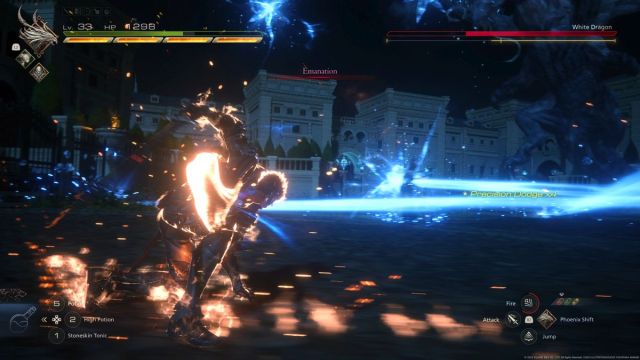
On top of that, there is a New Game+ option that bumps up the level cap, swaps up encounters, and seems to generally expand on the entire campaign. Getting through Final Fantasy XVI once was already no small task, as I rolled credits at about 55 hours and still had plenty of side activities left over. But it seems like if you want more Final Fantasy XVI to play after credits roll, there will be plenty still waiting for you.
The final fantasy
Even just getting words on the page about what this action-RPG is feels like a huge task. Final Fantasy has entries that can feel monolithic in size and importance, standing out as these big system-driving role-playing games. Final Fantasy XVI is no exception.
Where Final Fantasy XVI succeeds for me is its confidence in what it is. It doesn’t half-step into its newfound drive for action combat. It goes hard into its M-rated dark fantasy world. Yet it doesn’t leave behind crystals, chocobos, or moogles.
XVI’s overall message is one of free will and choice, and the resolution to determine your own destiny. Breaking the chains of fate certainly isn’t new for RPGs, but it feels apt for a series trying to break new ground, and in a numbered entry at that.
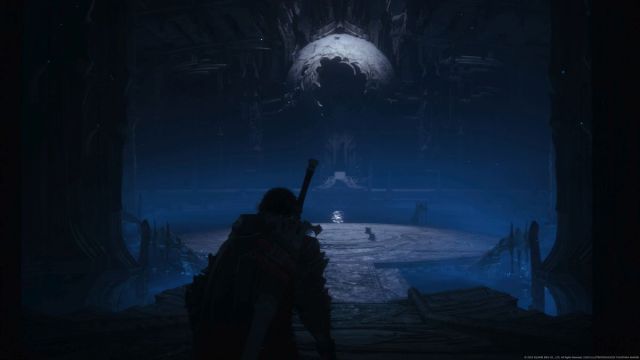
There are some stumbles and falters, a few places where quests can drag on or story beats fall flat. At certain points, I started breezing through or running by overworld battles. And there were certainly characters I wish had seen a bit more time to flourish.
When it comes to the big moments, the titanic clashes of ideals and reason, with gods trading blows over scorched battlefields, few do it like Final Fantasy does. Final Fantasy XVI absolutely delivers on the action front, has a compelling story with engaging twists and big payoffs, an excellent soundtrack, and a memorable cast.
It’s difficult to judge a Final Fantasy against the crystalline legacy of its predecessors. But Final Fantasy XVI takes a confident step into new territory and doesn’t slip. And for those who want an impressive, electrifying, enjoyable action RPG to sink hours upon hours into, you’d be very hard pressed to find a better option than Final Fantasy XVI.
[This review is based on a retail build of the game provided by the publisher.]



